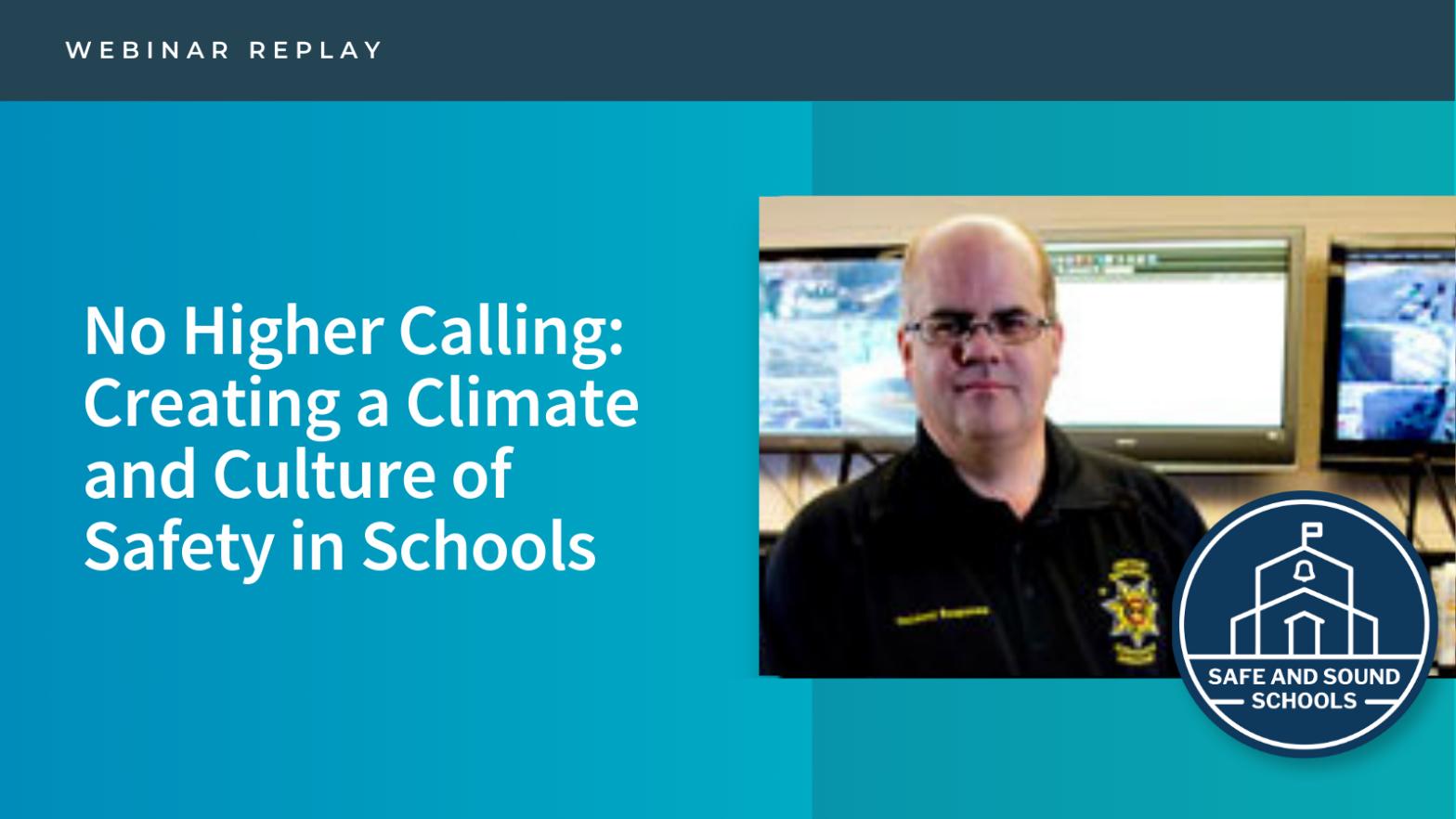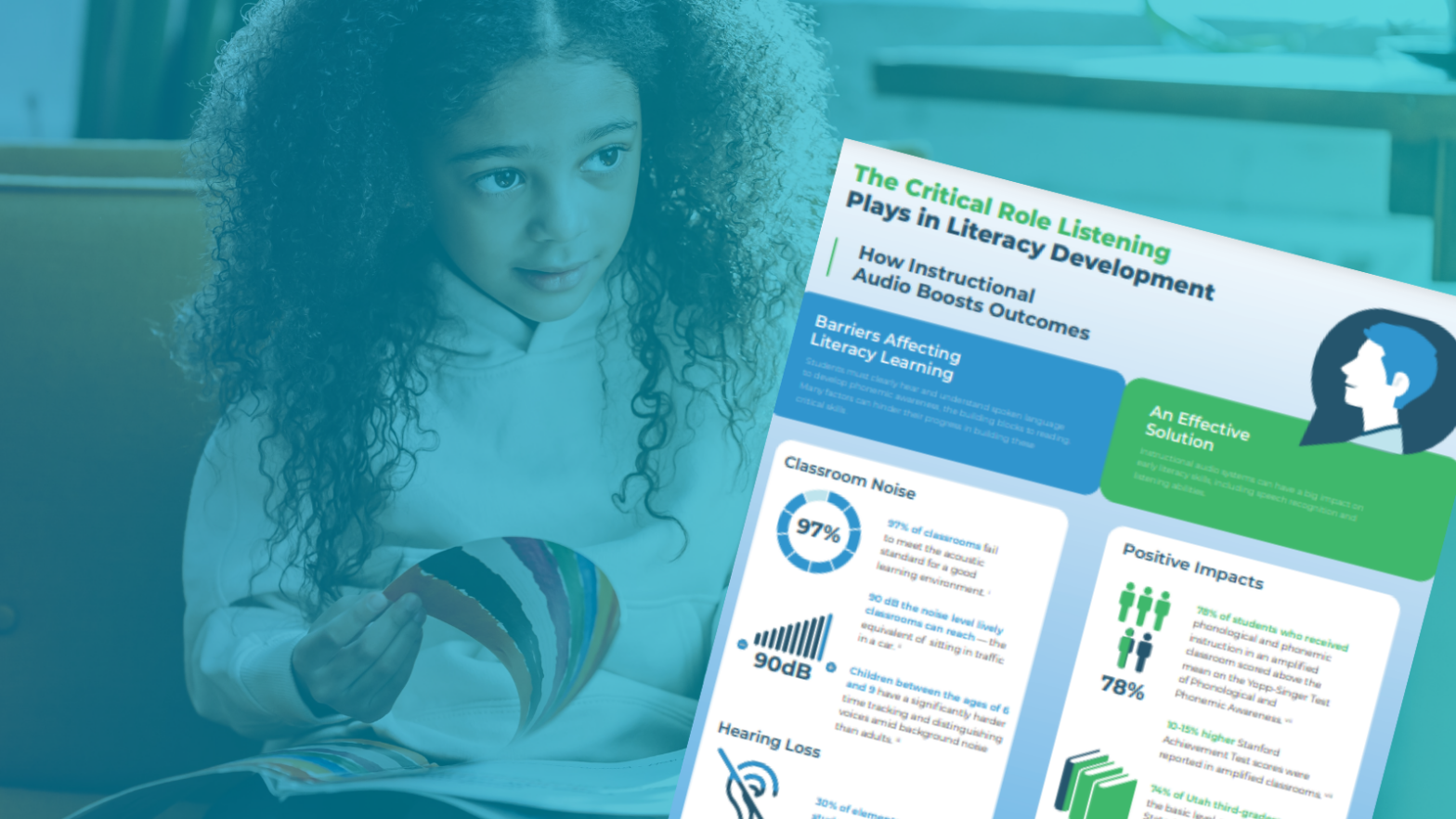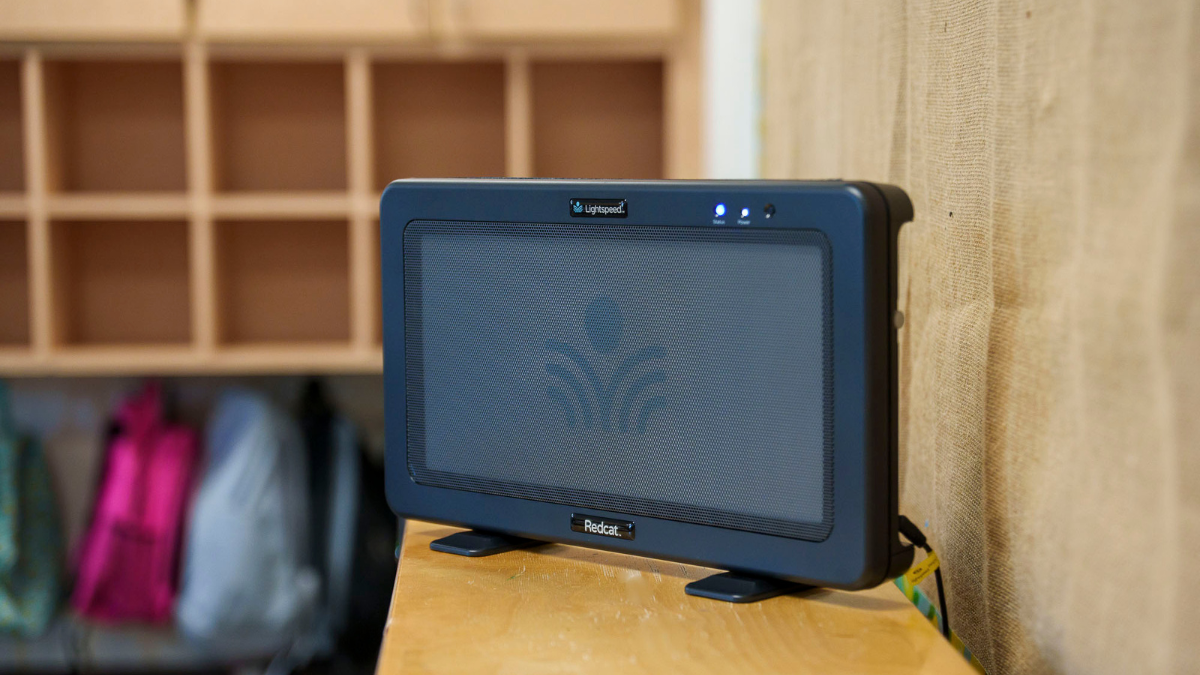Tips for classroom audio support
Ensuring that every child in your class can adequately hear you can be a challenge. Hearing aids and some other tech solutions can make students feel like they stick out, raising your voice is tiring and may make you hoarse by the end of the day, and students with hearing issues may not want to sit where they hear best.
Rather than selecting one tool or approach to making sure our students can hear in class, at Tulare City Schools we’ve found that having a variety of options available helps meet the needs of all our students. When choosing classroom technology to help students hear, there are a few things to keep in mind.
Look for a solution that can be used by all students, and not just those with hearing impairments. When we adopted the Redcat classroom audio system, our goal was to help our students with hearing impairments, but once they went into the classrooms, we started getting reports from our teachers that some of their more distractible students were staying on task better. The Redcats were deployed midyear, so our teachers had a baseline of what normal individual student behavior was like. “Oh, my goodness,” they told us. “I’m getting a lot more attention from the ones who had struggled previously.”
The systems have also been helpful for students in special education without hearing impairments who may have auditory processing issues by helping them to focus on what sounds are important for them to tune in and listen to. Many students, especially in the later elementary and middle school years, don’t want to stand out, and having an audio tool that all students can use helps them to blend in a bit.
Expense is, unfortunately, also a key consideration, especially for older students who may go to as many as eight different classrooms in a day. Purchasing an expensive system for even a half-dozen in eight classrooms can add up quickly.
Find something that doesn’t require a ton of maintenance. For students with hearing aids, we still use FM systems because, even with other tools in place, it gives them another level of assistance. My daughter has a hearing impairment, and I was contacted three times in the first week of school because her FM system had broken down. Audio technology should also be easy to hook up, or it just won’t get used as much.
Let students with hearing impairments control their own volume. My daughter, for example, only has an impairment in one ear, and the other is extremely sensitive to sound, so putting her in control of her own volume with classroom technology is helpful.
In addition to audio solutions, other useful tools include whiteboards so information can be presented visually, computers with speech-to-text and text-to-speech capability, and audio buffers—we use headphone-like earmuffs from Harbor Freight—to help students who need them in noisy environments like the cafeteria.
Michelle Zavaleta is the coordinator of psychological services in special education for the Tulare City School District in California, where they use the Redcat Access audio system. She can be reached at Mzavaleta@tcsdk8.org.



